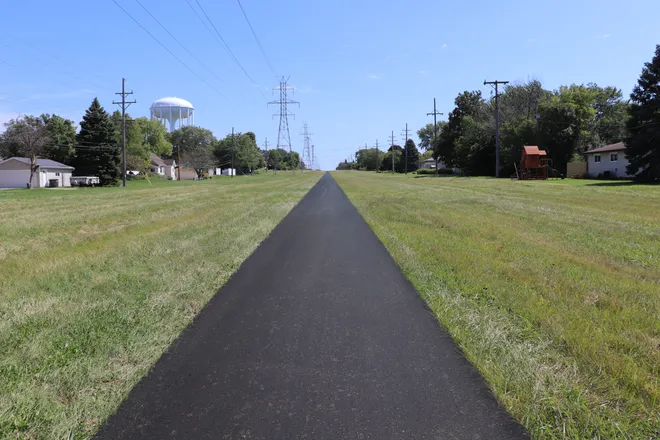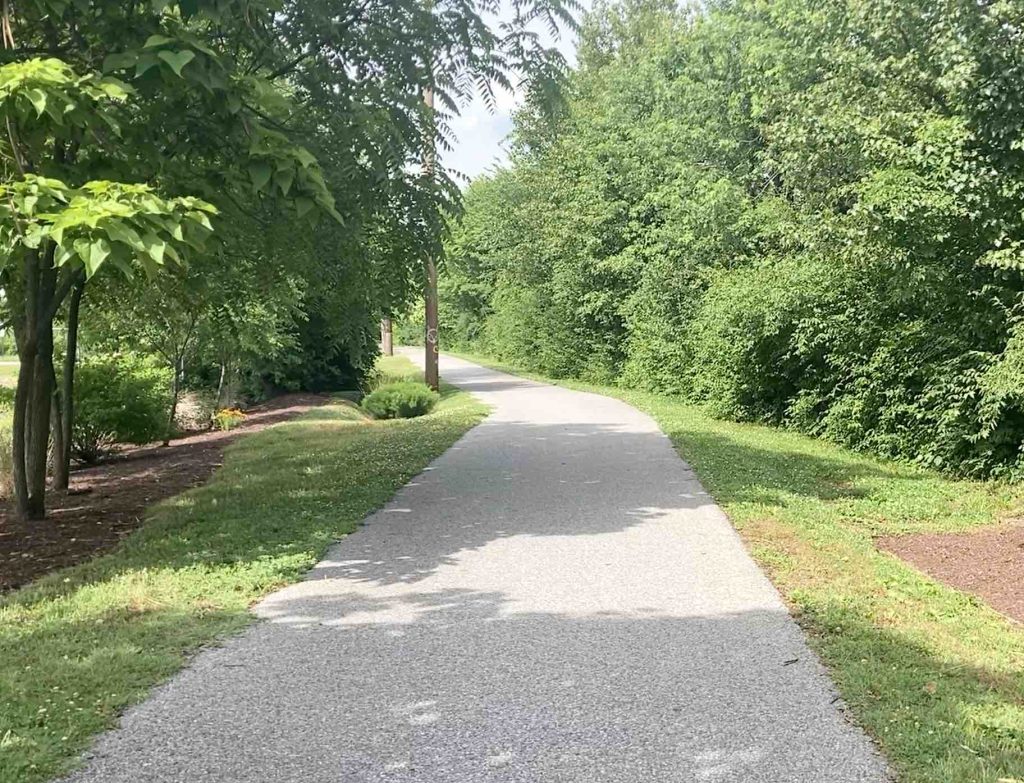Eagle Asphalt CA specializes in Trail & Path Services. We are your one-stop pavement and asphalt solution!
Trails and paths construction involves the planning, designing, and building of recreational trails, hiking paths, biking paths, and other outdoor trails. The construction process involves several steps, including site analysis, trail layout, grading, drainage, surfacing, and signage.
Site analysis is the first step in trail construction. It involves assessing the topography of the site to determine the best location for the trail. Factors such as soil type, vegetation cover, and water availability are considered during this process.
Trail layout involves determining the route of the trail through the site. The layout should take into account the natural features of the site and minimize impact on sensitive areas such as wetlands or wildlife habitats. The layout should also provide for appropriate trail width and grade to ensure user safety and accessibility.
Grading involves shaping the trail surface to provide a smooth and stable surface for users. This may involve cutting into hillsides or filling in low areas to create a level surface. Proper grading is essential for user safety and to prevent erosion.
Drainage is an important consideration in trail construction. Proper drainage ensures that water flows off the trail surface and does not erode the trail or create hazardous conditions for users. Drainage structures such as culverts or swales may be required to manage water flow.
Surfacing is the final step in trail construction. The surface material used will depend on several factors including intended use, local climate, and available materials. Common trail surfaces include crushed stone, gravel, asphalt, or concrete.
Signage is an important component of any trail system. Signs provide information about trail rules and regulations, directions, distances, and points of interest along the trail.
Overall, proper planning and design are essential for successful trail construction. Trails should be designed with user safety in mind while minimizing impact on sensitive natural areas.


